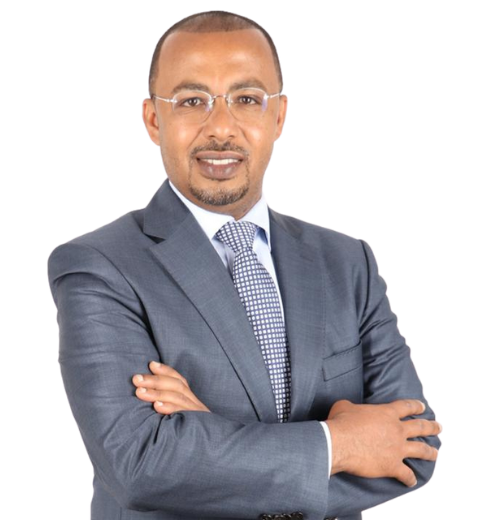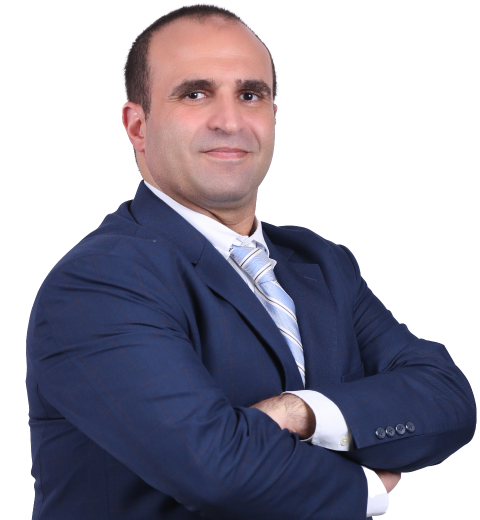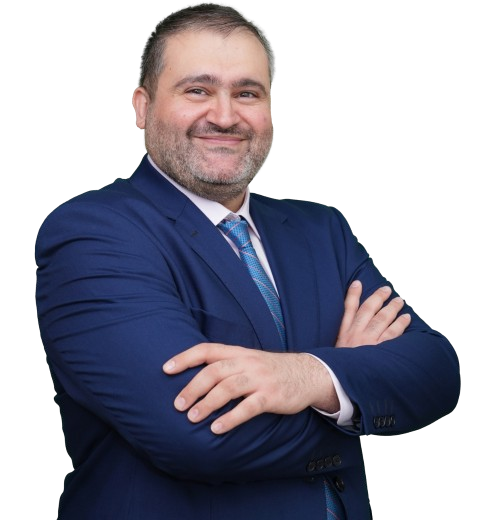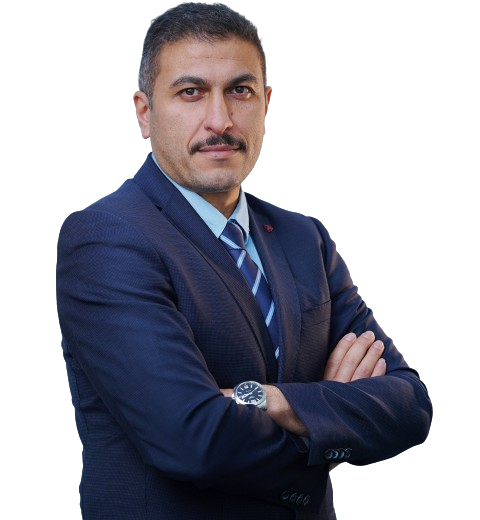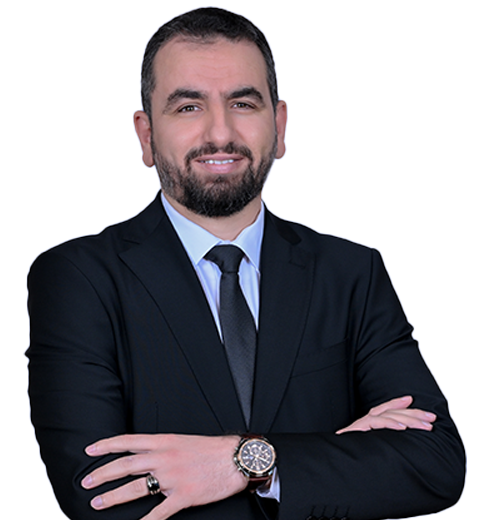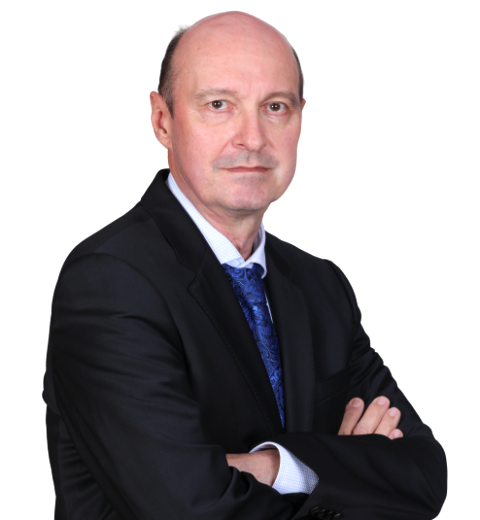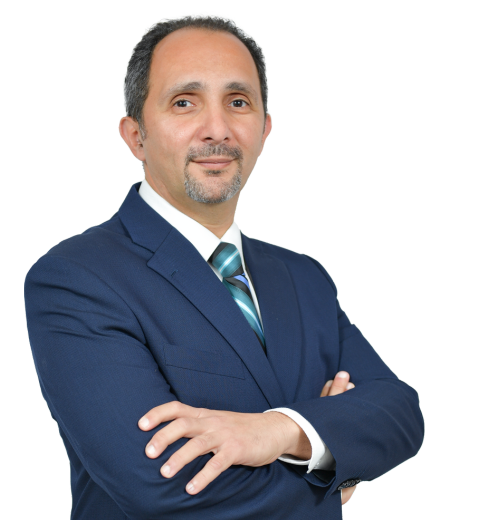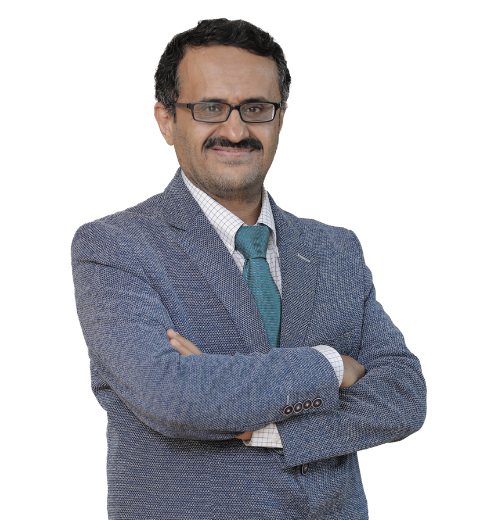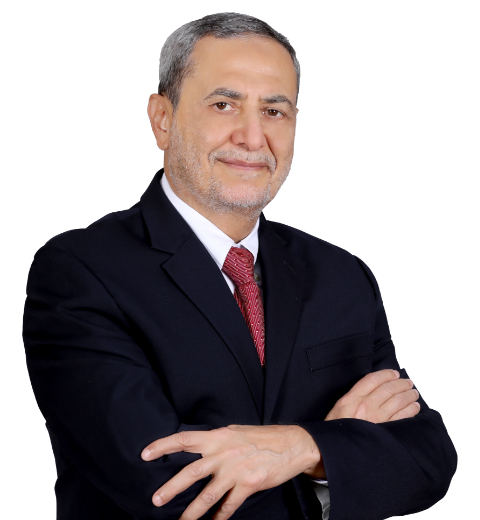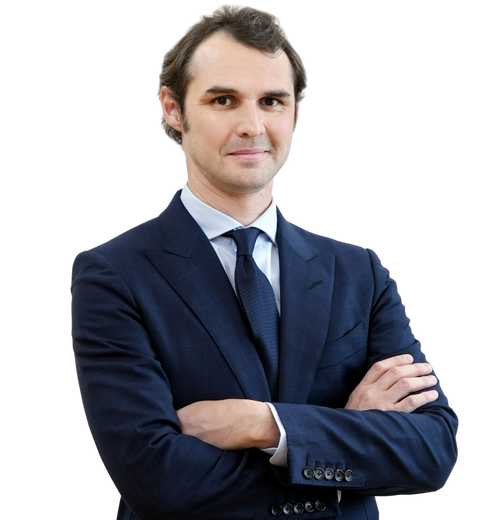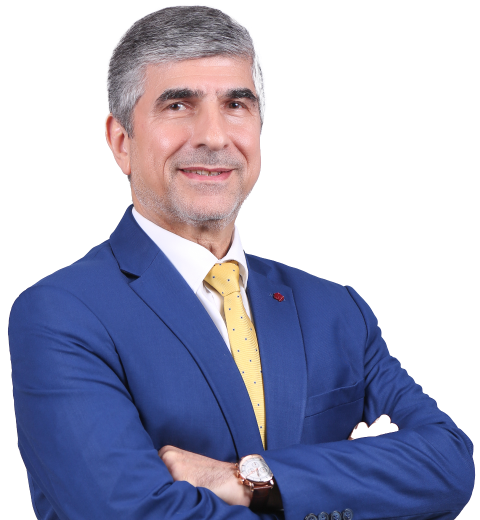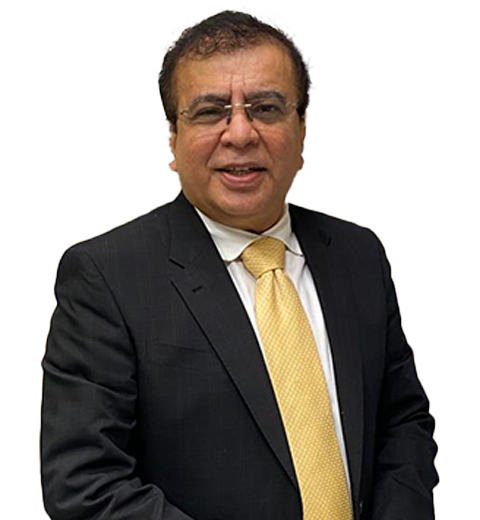Who doesn’t have back pain? Back pain refers to intense or moderate pain or a feeling of blockage in the spine. It often lasts for months, causing chronic back pain. There are sevral kinds of pathologies that the spine, affecting every two out of five people, in which the most prevalent cases are of lower back pain. All age groups are affected depending on the pathology in question.
In the elderly, the back pain is often degenerative, related to age and the breakdown of the intervertebral discs, complicating daily life. A sedentary lifestyle accelerates this process. In the youngest, it is often due to malformative pathologies. And in working adults, it can be due to traumatic pathologies, and the repercussions of pain and incapacity can be major, as is often the case, compromising the personal and professional life. Statistics indicate that 50% of all working adults report back pain symptoms every year.
But back pain can have many other explanations. Therefore, it is essential to determine the cause of the back pain to direct the right treatment. In this article, we will try to explain the concepts related to back pain as clearly as possible to make it easier for you to understand your back problem.
Back Pain, the Most Common Issue
Back pain is widespread, according to statistics. Indeed, this worldwide scourge has already affected nine out of ten people. Let us add that a huge population of these individuals declare having suffered from their back more than ten times during the last five years. Also, more than half of the world’s population is regularly affected by back pain.
Finally, the working population is the most affected: more than four out of five active people report having back pain during or after their working hours, according to a survey.
There are two types of back pain:
- Mechanical back pain: The pain is more intense during the day, during an activity.
- Inflammatory back pain: The pain is more severe in the evening and at night and generally fades during the day after morning “strengthening.”
Causes of Back Pain
A distinction must be made between localized back pain, characterized by pain from the dorsal spine, and referred back pain, which is symptomatic of another pathology affecting a neighboring organ.
As a reminder, the dorsal column is the part of the vertebral column made up of the thoracic vertebrae. It is located between the neck (cervical vertebrae) and the lower back (lumbar vertebrae). The dorsal column consists of 12 thoracic vertebrae, which are fused to the ribs.
Localized Back Pain
The pain localized at the level of the dorsal column is not a question of pain projected from another organ. There are several underlying causes:
- The degeneration of the intervertebral discs: It can cause osteoarthritis of the back or a herniated disc: over time, the intervertebral disc becomes less flexible. It loses its role as a shock absorber and can trigger acute or even chronic back pain. In case of severe deterioration, the nucleus pulposus (gelatinous substance located in the heart of the intervertebral disc, which acts as a shock absorber and ensures the vertebrae’s movement) can penetrate the spinal canal, causing a herniated disc whose volume is very variable. These pathologies can also be linked to wear and tear when the back is overworked.
- Chronic rheumatic and inflammatory diseases: Arthritis, spondyloarthropathy (including ankylosing spondylitis), spondylodiscitis (infection of the intervertebral discs and adjacent vertebral bodies), etc., fall in this category.
- The vertebral fracture: It can be of traumatic origin or linked to underlying osteoporosis (vertebral compression). Trauma occurs during a brutal shock, an accident or a fall. Note that the spine protects the spinal cord, and when the latter is affected, the consequences can be fatal or lead to paraplegia or serious neurological damage.
- Prolonged poor posture: This is particularly the case for patients who work long hours in a seated position in front of their computer. Poor posture during sleep can also cause back or neck pain.
- Pregnancy or obesity (especially visceral.)
- Hormonal changes: Menstrual cycles, pregnancy or menopause in women.
- An intraspinal tumor.
- Bone deformity diseases.
- Paget’s disease: chronic bone disease. It causes bone hypertrophy and weakening in certain localized regions.
- Kyphoscoliosis: deformation of the vertebral column, which causes a lateral deviation (scoliosis) and a deviation with posterior convexity (kyphosis.)
- Spinal growth dystrophies or osteochondrosis: alteration of the structure of the vertebral disc, which affects children and adolescents. It can cause growth disturbances. Scheuermann’s disease is one of these pathologies.
- Psychological disorders: Depression and chronic stress can cause muscle tension and back pain.
Referred Back Pain
Referred back pain is symptomatic of an attack or a disease affecting another organ. It could be:
- A digestive disease: esophagitis, gastric or duodenal ulcer, cancer of a digestive organ (pancreas, stomach, esophagus), pancreatitis, etc.
- A lung or pleural condition: pleurisy, lung or bronchial tumor, etc.
- A cardiovascular disease: pericarditis, thoracic aortic aneurysm, coronary insufficiency, etc.
Symptoms of Back Pain
The pain is localized at the back and, more precisely, between the neck and the waist. The pain can be acute or, on the contrary, chronic (when it lasts more than three months). It is sometimes localized and sometimes diffuse. It is more or less intense and can look like:
- A feeling of electric shock, stabbing or burning;
- Tingling;
- Back blockage;
- Breathing discomfort;
- A strain.
In case of back pain, consult a doctor to eliminate any underlying pathology. If the symptoms present themselves intensely, especially after a shock or a false movement, contact an Orthopedic doctor or the emergency department. It must be understood that the decision to treat (medically or surgically) depends above all on the symptoms. The nature of the lesion guides the choice of the optimal spine care treatment.
Diagnosis
The clinical examination
- It consists of questioning the patient about the pain (location, improvement depending on the position, evolution, response to anti-inflammatories and analgesics, underlying psychological disorder or chronic disease, etc.);
- Examination of the spine (palpation, flexion and flexibility exercises, etc.);
- Pulmonary examination (stethoscope, breathing exercises, etc.);
- Cardiac examination (heart rate, stethoscope, blood pressure, questioning about possible discomfort or chest pain, etc.);
- Digestive and hepatic examination (palpation, clinical examination looking for possible jaundice, ascites or bruising, questioning about possible digestive disorders, etc.);
- Neurological examination (study of walking, standing, muscle strength/tone, reflexes, sensitivity, motor coordination, questioning the patient about any neurological symptoms, etc.).
Imaging Examination
Imaging tests, such as X-rays, ultrasounds, CT scans and MRIs, may be required to identify the cause of the back pain.
Complementary examinations
- Blood tests (in particular looking for biological markers of inflammation);
- Imaging of the thoracic spine (scintigraphy, scanner, MRI, etc.);
- Gastric imaging (fibroscopy, endoscopy, colonoscopy, etc.);
- Cardiovascular examinations;
- A lung ultrasound;
Treatments of Back Pain
When back pain is a disease symptom, the underlying disease should be treated. However, pain relief requires:
- Nonsteroidal anti-inflammatory drugs (NSAIDs) or painkillers
- The practice of regular physical activity or sport to strengthen the back and the abdominals;
- physiotherapy and osteopathy can be effective;
- Psychological care in the event of an underlying anxiety-depressive disorder;
- Change certain habits, such as posture and ergonomics at work, carrying heavy loads, etc.
- Alternative medicine: mesotherapy (micro-injections of local action products), acupuncture, etc.
- Rest can sometimes be recommended over a short period.
Bed rest, anti-inflammatories and rehabilitation (once the acute phase has passed) can relieve back pain but cannot treat spinal fractures. If you have been diagnosed with a vertebral fracture caused by any of the varied reasons discussed above, the doctors can consider several innovative treatment options.,
Surgical Treatment for Spine Fracture
Conservative Treatment
Traditional treatment for back pain and/or vertebral fractures may include several days of bed rest, painkillers and, less commonly, a lumbar corset. Conservative treatment can reduce pain, but it cannot repair the spine.
Vertebroplasty and Kyphoplasty
The second treatment offered is vertebroplasty, which involves injecting a resin (called cement) into the vertebra. This procedure is performed under radiological control through a mini-incision of less than one cm. By hardening, this resin will suppress the micro-movements of the fracture, thus limiting the pain. It allows consolidation in a good position and avoids the appearance of a secondary deformation but does not allow the existing deformation to be corrected.
For this, Kyphoplasty is considered an evolution of the technique of straightening the vertebra. The surgeon uses an instrument such as a mechanical expander or an inflatable balloon before injecting the surgical resin. The major interest of Kyphoplasty is based on better correction of the vertebral deformity caused by the fracture
Spinal Laminectomy
Spinal Laminectomy is a decompression Surgery performed under general anesthesia by the posterior route through an incision in the lower back. There are several types of decompression surgeries ne of which is Laminectomy.
A laminectomy is a spinal decompression surgery performed on the lower part of the spine. It consists of removing part of the bone of the vertebra, the lamina, to relieve the pressure exerted on the spinal cord or one, or even several, spinal nerves.
Discectomy
A herniated lumbar disc can be the cause of sciatica by compression of a nerve root. The procedure performed to relieve symptoms is called a Discectomy, in which the herniated disc is removed but not completely, and the disc is cleaned.
During the procedure, a small incision is made over the site of the herniated disc. The surgeon then inserts the tubular retractor, which moves the muscles apart without cutting them.
The ligament that lines the back of the spine is opened, providing a view of the nerve and disc. The surgeon carefully pushes back the nerve and removes the herniated disc.
Foraminotomy
We speak of recalibration when it is a gesture limited to one level (1 disc). These procedures include a foraminotomy, which involves widening the foramen (the bony channel through which the spinal cord nerves pass) to create a larger opening and relieve the pinched nerve.
Depending on the state of health, it can be done using an open or minimally invasive surgical technique. These gestures can be combined if there are several levels to be treated.
Nucleoplasty
Nucleoplasty is another procedure recommended for disc decompression. The procedure consists of puncturing the nucleus pulposus of the affected disc through the skin with a needle or electrode, reducing the bulging of the disc and thus freeing the compressed nerve.
We hope the information we shared has helped you understand back pain’s causes and treatment options. Of course, this information will never replace the explanations given in consultation but constitute additional help. Indeed, we believe that your adherence to the treatment will largely depend on the quality of your information.
In case of back pain, the best is to consult an Orthopedic Spine Surgeon with unparalleled expertise in treating varied spine conditions and injuries. The Orthopedic Spine Surgeons at the Burjeel Hospital for Advanced Surgery, Dubai, are board-certified and experienced in minimizing the effect of neurological conditions on children and adults by providing optimal care and making informed treatment decisions.

